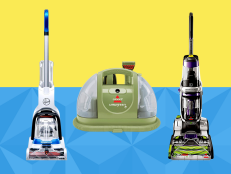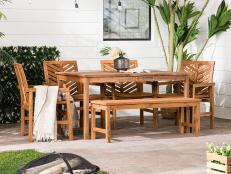Growing Alpine Plants

Dianthus

With all the talk in recent years about climate change, global warming and environmental sustainability, home gardeners are opting more and more for tough plants that can thrive under adverse conditions. The finicky stuff is getting left on garden center shelves in favor of the so-called low-maintenance plants – a category that includes varieties suitable for alpine and rock gardens.
Many commercial growers don’t distinguish between alpine and rock garden plants because the two share similar characteristics. But alpine plants are ones that have adapted to the extremely tough conditions found in high mountain regions around the world, whereas rock garden plants can be grown anywhere if given the right conditions of heat and sandy soil.
Alpines include a wide range of plant types, including small shrubs, dwarf conifers, ornamental grasses, perennials and annuals. All have naturally evolved to withstand harsh conditions such as drying winds, bitter cold, scorching ultraviolet rays and the short growing season of the tundra, high above the tree line. For that reason, most alpine plants typically are short from huddling down among rocks to protect themselves from the extreme conditions.
Yet, despite the challenges in growing them, many alpines contribute to the economy of some countries. Hundreds of species are traded for medicinal and aromatic uses in the Himalayas, for example.
Besides their low-growing characteristic, many alpine plants tend to be spreaders, flouncing over rocks and spilling from crevices, and have blue-green and gray foliage.
In planning a rock garden, don’t overplant as you might with an annual bed; instead, be more selective, choosing plants that will bloom for an extended period – though remember, most high-elevation plants, while they flower profusely, bloom only for a short while.
Opt for plants that are low growing and spreading, and choose ones with foliage that stays attractive most of the year. Site the rock garden where it gets full to part sun, especially if your plant palette includes blooming plants and well-drained soil.
Good choices include:
- California poppies
- Portulaca
- Sweet alyssum
- Gazanias
- Dianthus
- Bell flowers
- Sedum
- Agave
- Oregano
- Creeping phlox
- Yucca
- Ice plant
- Creeping Thyme
- Candytuft
- Ajuga
- Lavender
- Thyme
- Creeping juniper













































